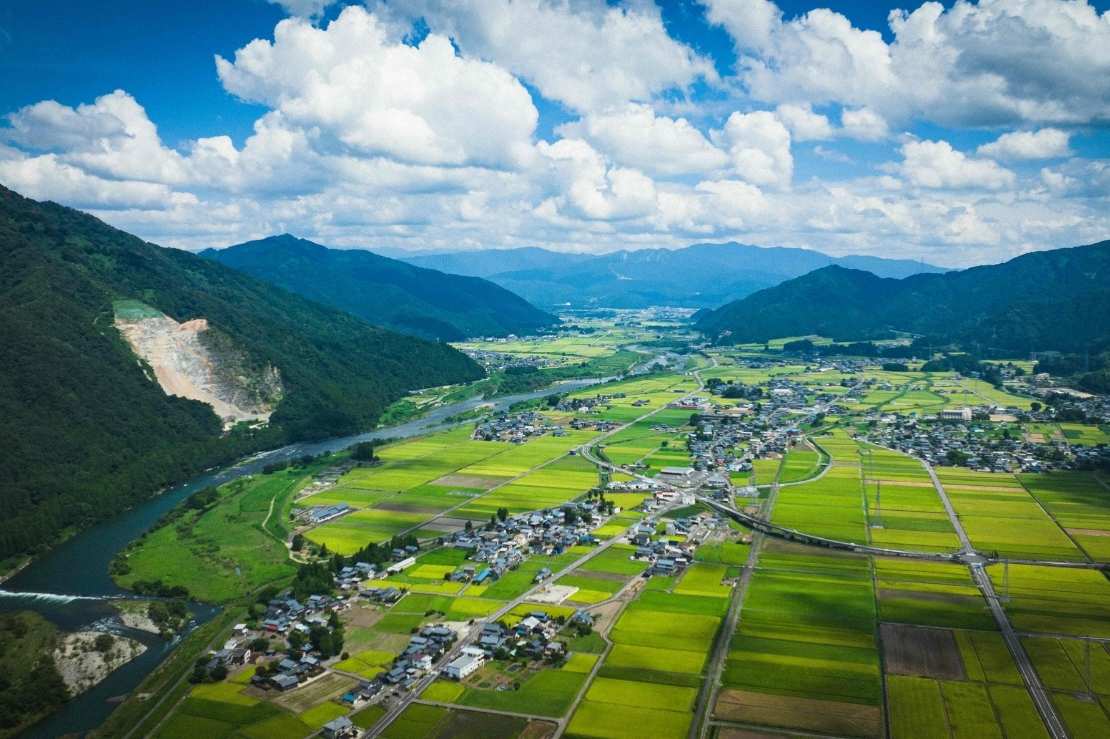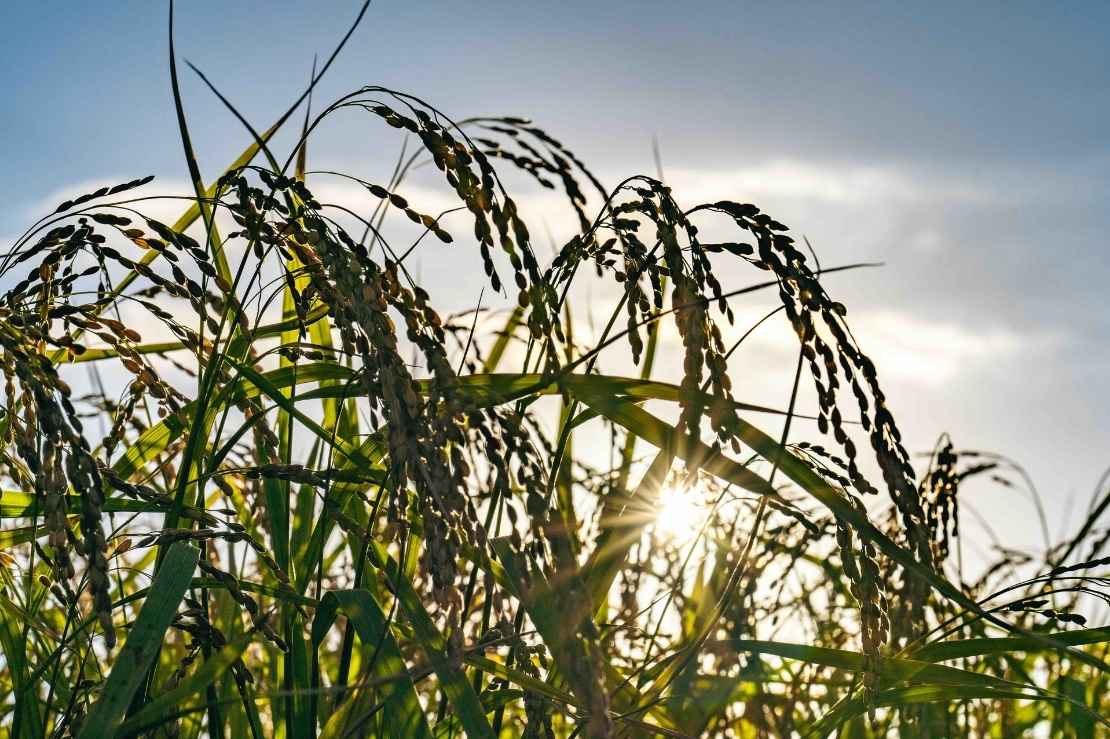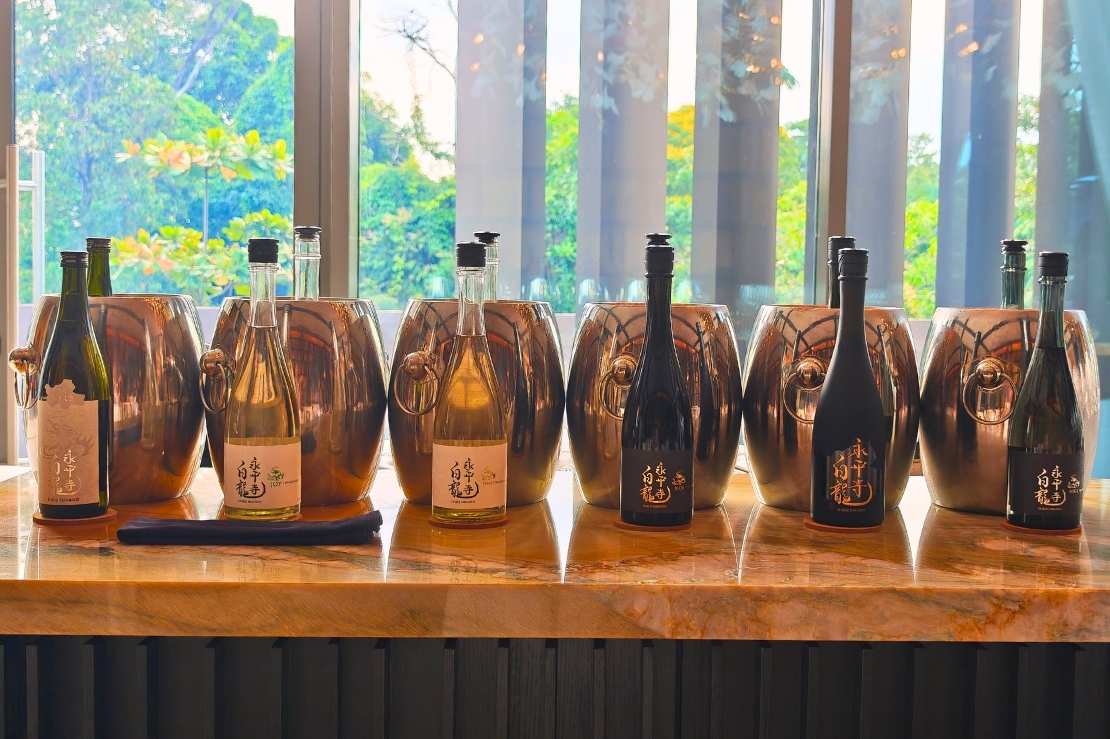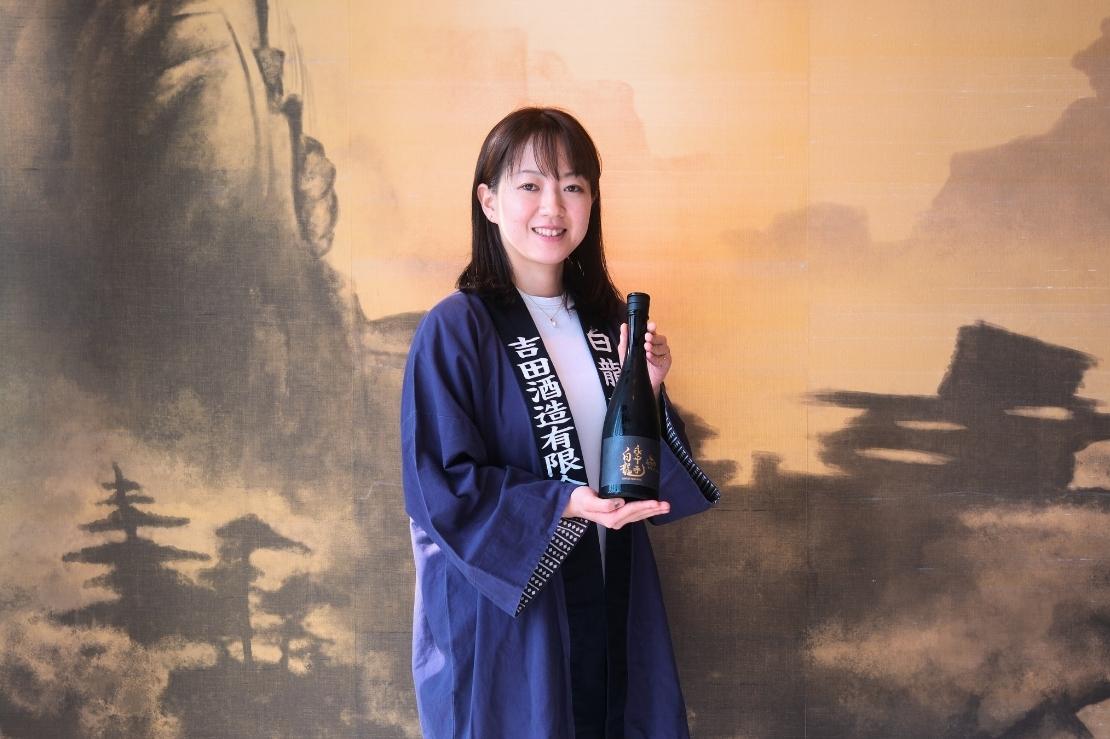Would you take a job where one of the requirements is being able to carry a 30kg sack of rice? For Yoshida Mako, the seventh-generation toji (head brewer) of Yoshida Shuzo, that was never in question. The petite brewer, roughly my height, has gentle, kind features – but behind them is a determined and purposeful spirit.
I was introduced to Mako alongside Naoto Orui, Director of Market Development of Symphony Yoshida Sake Brewery Co. Ltd., and Chef Ling Heng Yao, Executive Chinese Chef of Royal China at Raffles Sentosa. I was about to get to know the most dedicated and talented brewer and chef in one venue, where I got to interview Mako that afternoon, and then Chef Ling days later, ahead of a dinner he had curated.
Inheriting a legacy
In 2017, at just 24 years old, Mako took over as toji at her family's sake brewery in Eiheiji, Fukui, stepping into a physically demanding role in an industry that remains overwhelmingly male. Her father, Yoshida Tomohiko, had fallen ill in 2015 and asked Mako to return home to assist with brewing. He passed away soon after, at just 54. Though the brewery continued operations with the help of a veteran brewer, there was no clear successor.
Mako, who had just graduated with a degree in economics and had minimal experience with sake production, initially lacked the confidence to take on the role. It was a close family friend – also a friend of her father – who encouraged her to join a sake brewing programme in Hokkaido. The course lasted just two months, but under the guidance of a seasoned instructor, Mako came to a key realisation: she didn’t need to aim for “perfect” sake – she just needed to brew something she genuinely loved.

Bird's eye view of Eiheiji from above. [Photo source: Symphony Yoshida Sake Brewery]
Upon returning, Mako made the bold decision to step up as toji. She became both the youngest, and one of the few female, master brewers in Japan. With no detailed recipes left behind, only her father’s brewing diaries and notes, she relied on instinct, taste, and the exceptional quality of their home-grown Yamada Nishiki rice, and began her way of brewing sake. Since 2021, her sakes have earned awards for four consecutive years at Japan’s prestigious New Sake National Competition.
Farming for the future
Originally, the Yoshida family farmed Koshihikari rice, a table variety native to Fukui that lacks the refinement needed for premium sake. In 1990, Tomohiko made a pivotal decision: to switch to cultivating Yamada Nishiki, the most prized sake rice, in their own fields. Unable to buy it at the time, and determined to control quality from the ground up, he converted their land to grow the varietal organically.
Since then, Yoshida Shuzo has only planted Yamada Nishiki. The fields have never used pesticides or chemical fertilisers. Though yields were initially low, they now produce enough to not only sustain the brewery but to supply other sake producers as well.
Today, the family manages 20.8 hectares of rice paddies. As climate change and inflation impact production costs and output, Yoshida Shuzo shares its rice harvest with smaller breweries to help them stay afloat. With many local farmers aging and retiring, some have even approached the Yoshidas to buy up unused fields for continued rice cultivation.

Over 30 years ago, Yoshida Tomohiko, 6th generation of the brewery, decided to plant Yamada Nishiki rice for sake on their family farms. [Photo source: Symphony Yoshida Sake Brewery]
Brewing by hand, leading with the heart
Mako’s decision to preserve her father’s traditional brewing techniques, even in the face of modernisation, sets her apart. From handwashing to steaming the rice by hand, soft-pressing it using controlled machine pressure, to bottling and labelling, are all carried out manually. At Kitajima Brewery, just steps from the family home, she refused to automate, insisting on upholding the labour-intensive methods that define her family’s craftmanship.
In 2023, the brewery expanded to a second site in Kippo, outfitted with more modern equipment. Mako now travels between both facilities daily, ensuring consistency across batches, even though the newer facility has a dedicated brewer on-site.
The same year, Yoshida Shuzo formally registered as Yoshida Sake Brewery Co., Ltd. The brewery expanded its facility and built another brewery through a joint venture with Symphony Hong Kong, creating Symphony Yoshida Sake Brewery Co. Ltd., which focuses on brewing for the international market under the label Eiheiji Hakuryu.
But Mako’s ambitions extend beyond the brew. With Japan’s rural labour force aging and younger generations drawn to urban life, Mako sees it as her mission to revive interest in sake production. She’s reshaped the brewery into a more appealing workplace by offering staff accommodation and fostering a flexible, year-round environment. Employees take on different roles throughout the year, reducing reliance on part-time workers and building a tight-knit team.
Still, the challenges are real. “It’s hard to hire these days,” she admits. “Brewing isn’t a full-year job, and young people don’t want to work in agriculture. But I want to create something meaningful for them.”
Sake for the new generation

Line-up of Eiheiji Hakuryu sakes in Royal China, Raffles Sentosa before the dinner. [Photo: Kim Choong]
Her vision also extends to the sake she brews. While preserving traditional techniques, Mako creates expressions that appeal to contemporary palates. Challenging the conventional belief that “the more rice is polished, the more refined and valuable the sake,” her brewery advocates for “brewing sake that maximises the natural power of rice.” The Eiheiji Hakuryu range reflects this philosophy, with polishing rates adjusted based on each rice varietal’s natural characteristics.
- Joy (12.5% ABV | Gohyakumangoku 55% Polishing Ratio): A floral, easy-drinking sake with balance and elegance. Notably, crafting low-alcohol sake like this requires a slower fermentation at lower temperatures, allowing flavour to develop gradually without the yeast producing excessive alcohol.
- Kome Tekiteki (14.5% ABV | Yamada Nishiki 90% Polishing Ratio): A rice-forward sake with only 10% of the grain polished away, preserving the texture and deep flavour of the rice. It is one of three sakes in the Tekiteki series, which reflects the brewery’s new direction in sake-making. “Teki” is a Zen concept referring to the pursuit of clarity and embracing things as they are. This “rice” version replaces their previous Junmai Daiginjo, while the other two – representing “water” and “earth” – replace their Junmai Ginjo and Tokubetsu Junmai styles respectively.
- Edge (15% ABV | Yamada Nishiki 60% Polishing Ratio): Dry with a clean finish, it is meant to make you wanting for more after every sip. This sake can be enjoyed in a wide temperature in both warm or chilled.
- Toast (15% ABV | Gohyakumangoku Polishing Ratio 60%, Partially 90%): Designed to mirror the complexity of Meursault Chardonnay, this sake is complex with nuttiness, minerality, and buttery texture.
- Rich (15% ABV | Gohyakumangoku Polishing Ratio 90%): Balanced acidity and sweetness, evoking the layered sensation of chewing rice. When enjoyed warm, it has a long lasting sweetness; when cooled, it has more rice flavours.
Perhaps the most ambitious expression is Eiheiji Hakuryu Peak (13% ABV |Yamada Nishiki Polishing Ratio 50%),, a sake crafted for international palates. It features subtle muscat-like aromas and a wave of umami that builds after an initial burst of sweetness. This limited-edition release debuted during a sake pairing dinner at Royal China, Raffles Sentosa in July 2025, with a menu curated by Chef Ling Heng Yao.
The name Hakuryu, meaning "white dragon", comes from local folklore. Morning fog in the Fukui valley curls over the rice fields like a dragon watching from above, a guardian spirit for the land. That mystical connection to nature, tradition, and community infuses everything Mako believes in, not just in making the sake, but working with the community.
Tradition reimagined for the new world
When asked about her hopes for the future of sake, Mako replies, “For me, making sake is a passion. I want to touch old culture and knowledge, not only in Japan, but for young people around the world who love food and drink. I want them to discover what traditional good sake is, and why it matters. Delicious food is wonderful!”
At just 32, Mako Yoshida is not only preserving a 200-year-old legacy, she’s reimagining what the future of Japanese sake can be.
She is also a featured brewer in Toiro no Sake, a project by Tosai (十彩) that brings together ten young brewers across Japan, each represented by a colour unique to their brewery. These passionate individuals are tasked with continuing Japan’s rich brewing heritage: 深蓝 (Fukaai), 银灰 (Ginkai), 濡叶 (Nureha), 蓝白 (Aijiro), 金系雀 (Canaria), 赤香 (Akakou), 白群 (Byakugun – representing Eiheiji), 黄丹 (Ouni), 绀青 (Konjou), 红藤 (Benifuji)
Each sake in the collection reflects the personal style and philosophy of its maker, a vibrant expression of Japan’s sake future.
- T -
